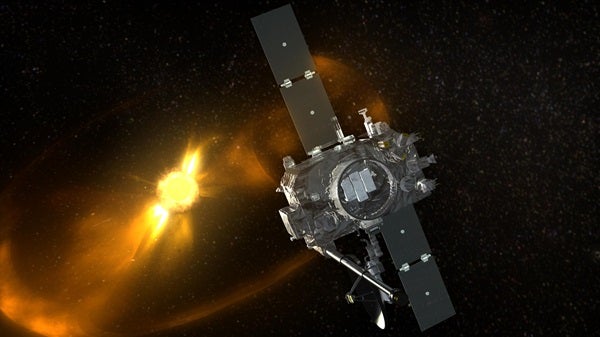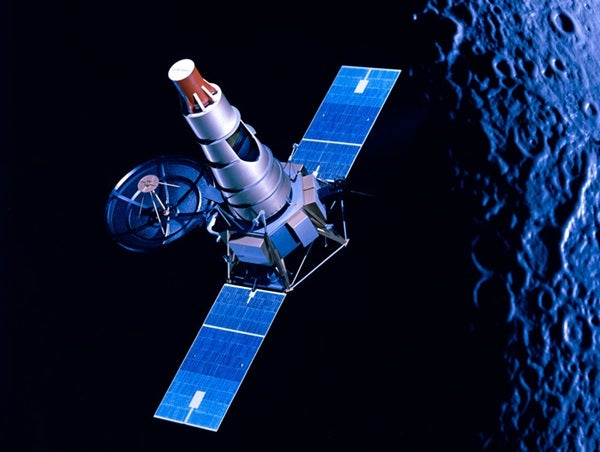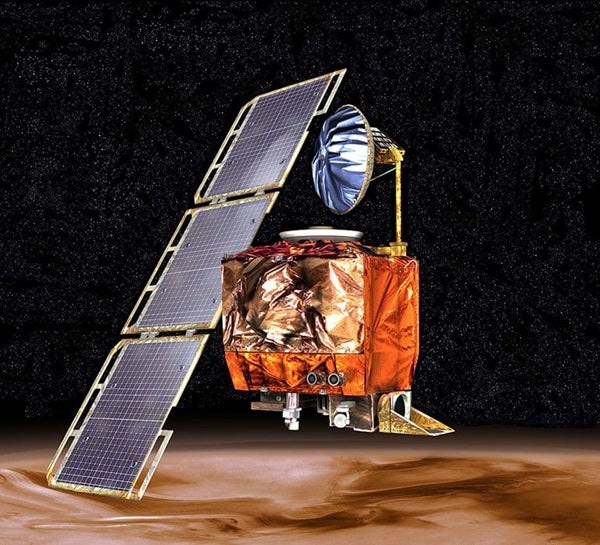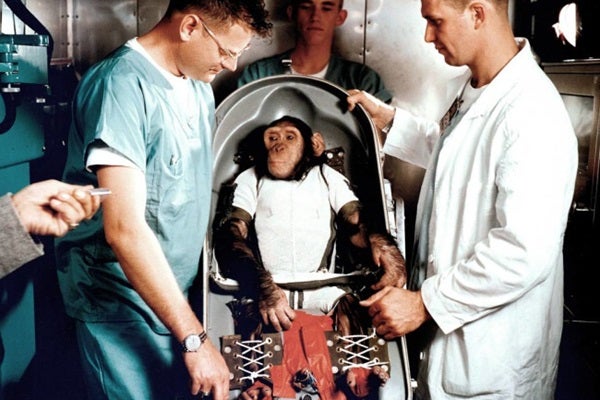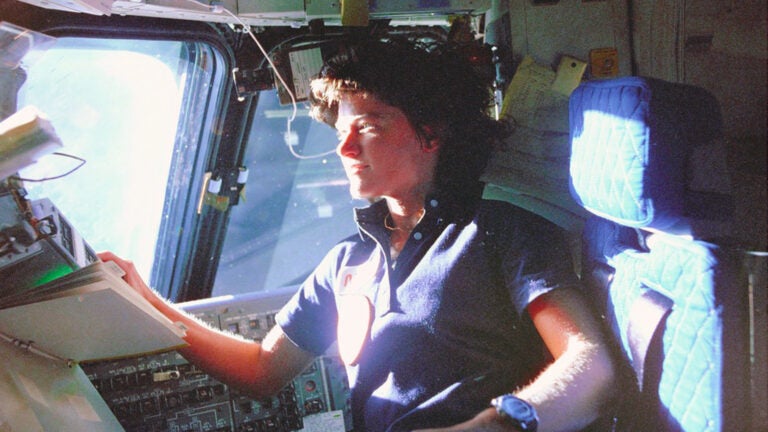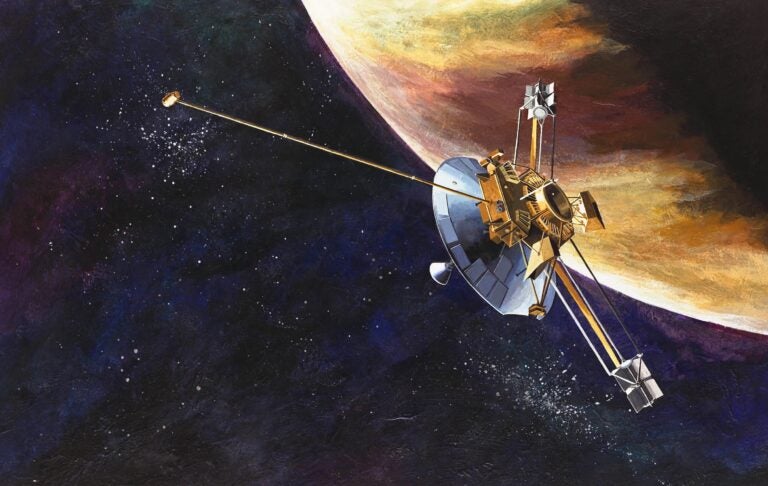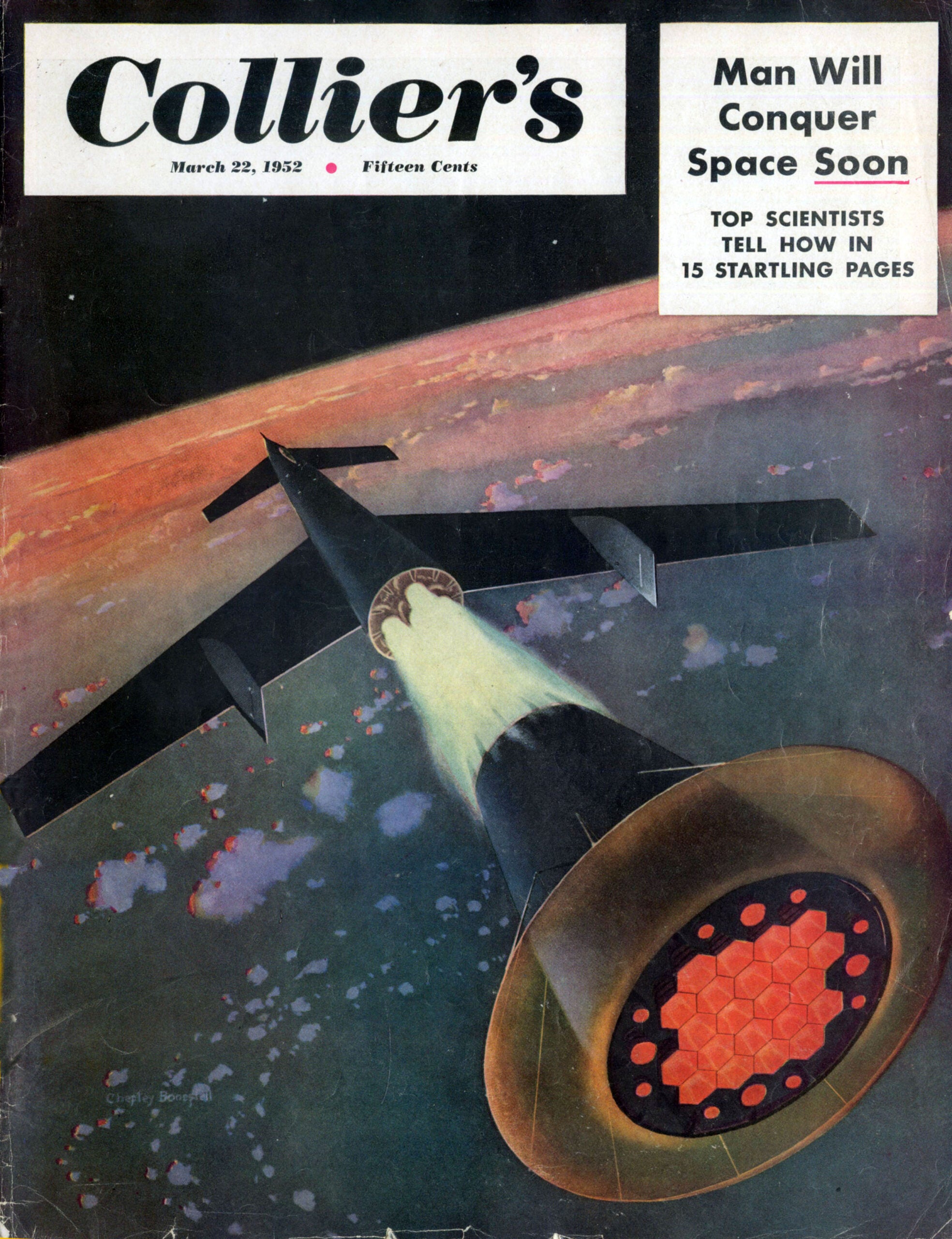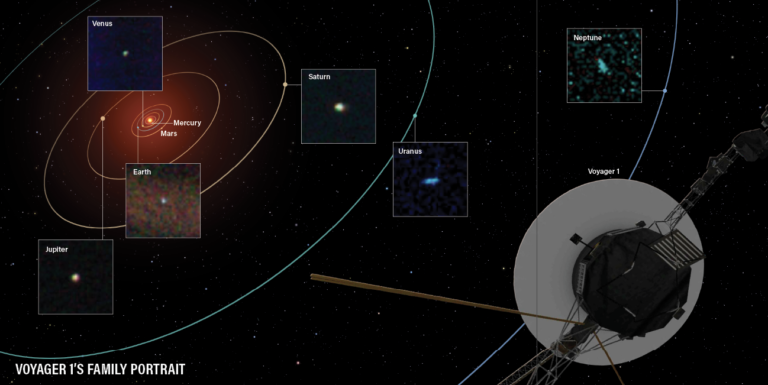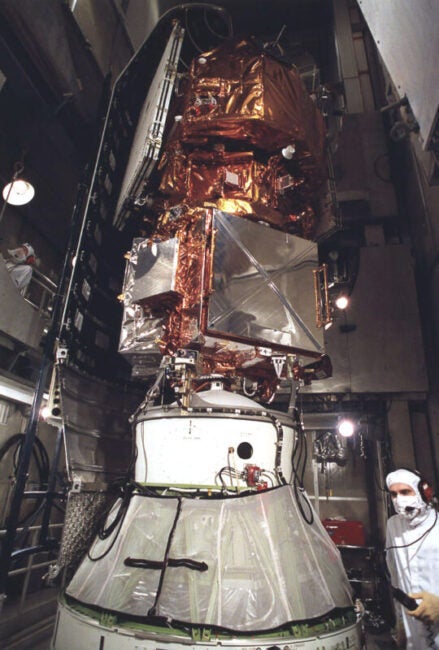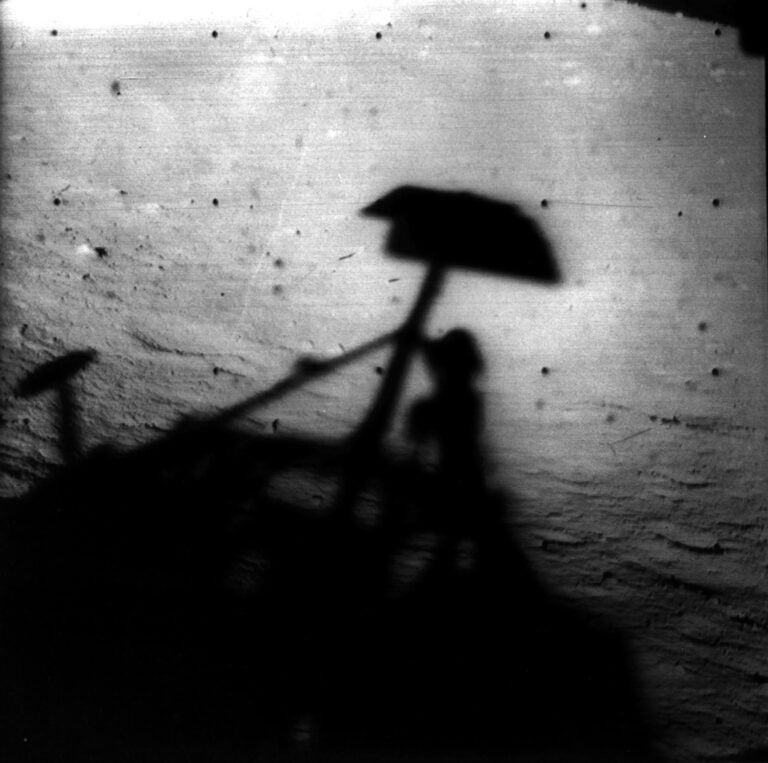On July 30, 2020, NASA’s Perseverance rover blasted off for the Red Planet aboard an Atlas-V rocket. With a planned arrival at Mars in late February, 2021, the mission is equipped with the first rotorcraft ever sent to another planet: a helicopter known as Ingenuity. If successful, the audacious proof-of-concept test could ultimately lead to the widespread adoption of hovering rovers (hovers?) that scientists can use to quickly scout other worlds.
This wouldn’t be the first bold NASA project to succeed, either. The space agency has a well-earned reputation built by decades of spectacular successes. The Apollo Moon landings, orbiting space stations, and interstellar spacecraft that are currently in the distant reaches of our solar system serve as some of humanity’s crowning scientific achievements.
Still, not every NASA mission has gone as planned. They’ve had their share of failures. Yet, almost every scientist will tell you that they learn (almost) as much from their failures as they do from their successes. And robotic missions, in particular, offer prime opportunities to push the limits of what’s possible — without risking human lives.
Ranger probes: an inauspicious start
NASA’s Ranger series of robotic probes, flown in the early 1960s to obtain close-up images of the Moon, got off to a rough start. The first six Ranger probes either experienced launch failures or malfunctioned during their trips to the Moon.
Engineers and scientists meticulously analyzed each of these failures, though, and the program ultimately succeeded with its final three Ranger probes.
These missions, which were intentionally slammed into the lunar surface, were designed to record and transmit images of the Moon right up until their moment of impact. Ultimately, the images they captured helped NASA plan the crewed Apollo lunar landings that would later come.
Mariners venture further afield
Then there’s NASA’s Mariner series of robotic space probes, which were designed to make the first reconnaissance passes by Mercury, Venus, and Mars.
Amazingly, seven out of 10 of these early interplanetary missions were successful, at least by some measure. However, Mariner 1, which was launched amidst great fanfare, experienced multiple failures of its guidance system and was intentionally destroyed just 300 seconds after launch.
To this day, it remains unclear exactly what caused the problem for Mariner 1, but most accounts suggest that a minute error in its computer code led to the failure. In fact, noted science fiction author Arthur C. Clarke once quipped that Mariner 1 “was wrecked by the most expensive hyphen in history.” Fortunately, Mariner 1’s sister ship, Mariner 2, was able to complete a successful flyby of Venus.
Mariner 3, designed to zip by Mars, failed to separate from its protective payload fairing after launch, which made it impossible to deploy its solar panels. Starved of electricity, the craft fell silent eight hours after blasting off. Mariner 4, was launched less than a month later, and it successfully performed a flyby of Mars, providing the first close-up views of the Red Planet.
The Mariner program exemplifies how NASA was learning the value of duplicating spacecraft to hedge against the high risk of catastrophic failures. (This approach also brings to mind a quote from the 1997 science fiction film Contact — “The first rule of government spending: Why buy one when you can have two for twice the price?”)
The trouble with Mars
No target has pushed back on our attempts to explore it quite like Mars. Missions to the Red Planet fail at an alarming rate. Part of the problem is distance, part is the challenges of interplanetary communication, and part is our strong impetus to go beyond martian orbit, opting to instead place landers and rovers directly on its surface.
The United States has launched 29 missions to Mars, six of which were failures. But that’s still a pretty good track record. For comparison, the USSR launched 20 missions to Mars before its demise, and 17 of them either partially or completely failed.
Some of NASA’s notable Mars failures are worth a closer look, though.
In 1998, the Mars Climate Orbiter left Earth for the Red Planet aboard a Delta II rocket. Designed to study the martian atmosphere and serve as a communications relay station for other missions, the orbiter had an uneventful launch and journey. But when the probe reached Mars, it began its planned orbital insertion maneuver, went silent, and was never heard from again.
An in-depth analysis of Mars Climate Orbiter’s data showed impulse figures that were supposed to be reported to the computer in newton-seconds were actually reported in pound-force seconds, essentially rendering them gibberish. The Mars Climate Orbiter acted on this erroneous information, entered an orbit that was too low, and either burned up in the atmosphere or skipped off it into space. The cost of the mission was $327 million. But at least that expensive lesson taught NASA to better check its units.
The following year, NASA suffered a double failure involving Mars missions. The Mars Polar Lander (MPL) was designed to touch down near Mars’ south pole and analyze both the atmosphere and the soil. During the landing, though, MPL stopped transmitting telemetry data and fell silent. It, too, was never heard from again.
Theories abound regarding what happened to MPL. But some data suggest it may have shut down its descent engine at an altitude of more than 100 feet (30 meters) before falling the rest of the way to the ground. Other possibilities include a parachute mishap, landing on rough or uneven ground, or a failure of the craft’s heatshield. Photographs of MPL’s presumed landing site by the Mars Global Surveyor and the Mars Reconnaissance Orbiter came up empty, too.
To this day, nobody knows what happened to MPL or where it ended up. The spacecraft cost $110 million, while its Delta II launch added another roughly $100 million to the mission’s price tag.
Making progress
Fortunately, in recent years, NASA has upped their rate of success for robotic Mars missions — including the Spirit, Opportunity, and Curiosity rovers, the InSight lander, and the MAVEN spacecraft. And now other space agencies are also jumping into the interplanetary fray.
The European Space Agency’s (ESA) Mars Express probe is still in orbit; however, its Beagle 2 lander, which made it to the surface intact, failed to deploy and never functioned. The ESA’s Schiaparelli lander, on the other hand, slammed into the martian surface, making a new crater in the process. Yet Schiaparelli was still deemed a partial success, as it transmitted back valuable data before its demise. And right now, China, the United Arab Emirates, and the U.S. all have spacecraft en route to Mars.
Sending a robotic probe to another planet — let alone safely landing on it — is a fantastically difficult challenge. So, highlighting past failures is not intended to mock these ambitious attempts. Instead, it’s to point out that spaceflight is inherently prone to failure. And the only thing any space agency can do when they suffer a setback is learn from their mistakes.
After all, the goal is to make history, not repeat it.
Doug Adler is the co-author of From The Earth to the Moon: The Miniseries Companion

